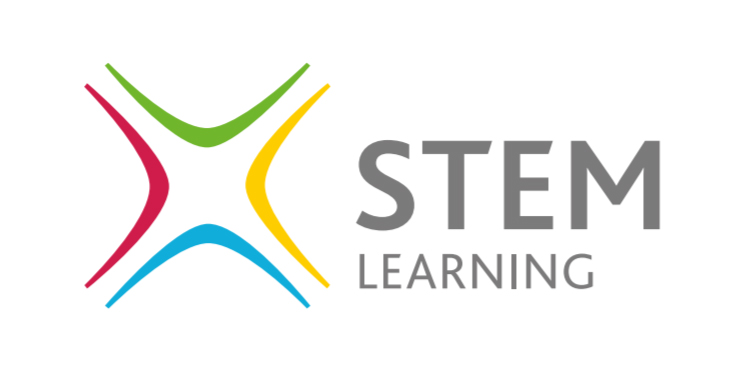Introduction
High performing organisations have a team who not only deliver excellent performance today but keep improving it to meet the demands of ever changing circumstances. A Continuous Improvement culture is, more than ever, becoming a prerequisite for organisational survival and success. Individuals who can lead and build capability in Continuous Improvement are able to take on leadership roles earlier and more successfully than those who do not have this mind and skill set.
Improvement Practitioners use a blend of Lean and Six Sigma, project and change management principles and tools to identify and lead the delivery of change across organisational functions and processes. They can be found across all sectors and functions including automotive, banking, engineering, food products, IT, property, retail and telecoms.
Building Continuous Improvement capability has a clear financial payback.
By undertaking this 14 month course your employee’s will not only build their capability and careers but deliver results with an impressive return on investment.
Depending on your company size it is 100% or 95% funded through the national apprenticeship scheme. In line with other schemes, apprentices will have to work for their organisations for at least 30 hours a week.
Course Structure and Standard
This is the national standard:
https://www.instituteforapprenticeships.org/apprenticeship-standards/improvement-practitioner-v1-0
The Knowledge requirements will require teaching of theory which will take place at Petroc. Coaching, support, and a variety of learning/research opportunities will be used to develop the Skills and Behaviours required.
Upfront Knowledge Teach (at Petroc)
Month 1 3 session x 6 hours
Month 2 3 session x 6 hours
Month 3 2 session x 6 hours
Month 4 2 session x 6 hours
| Session | Heading |
| 1 | Introduction to the course and Lean Six Sigma principles including history, value and 8 wastes |
| 2 | Problem solving hierarchy and techniques including basic problem solving, A3, 8D and DMAIC. 5S and standard routines. |
| 3 | Project selection and scope, project management approaches, change management and facilitation. |
| 4 | Problem and target Definition, SIPOC, stakeholder analysis, RACI, Voice of the customer, cost of poor quality communication plan |
| 5 | Detailed process mapping, value stream mapping, data reliability and validity, sampling technique justification, measurement system analysis, data collection plan, time-series plots, control charts. |
| 6 | Analysis approach, cause and effect analysis, 5 Why, pareto, scatter diagrams, box pots, regression, Failure Mode Effect Analysis, Set Up reduction |
| 7 | Lean Principles application, improvement selection, improvement action planning, change considerations, line of sight, statistical tests to prove improvement, |
| 8 | Project cost savings, Standard operating procedures, audit plans, project handover and closure |
| 9 | Leadership development, teamworking, coaching and professional standards, continuing professional development |
| 10 | Project progress review, End Point Assessment criteria, retrospective. Coaching arrangements |
EPA Workshops (at Petroc)
Month 5 – 14
10 x half day sessions at 3 hours – one per month
Individual Coaching and Assessing (online and at least one visit to a place of work). This will involve the definition, delivery and evaluation of agreed improvement projects that will deliver real benefits to your organisation.
Circa 2 hours per month i.e 28 hours of individual coaching and assessing (employer reviews and so forth) during the course of the apprenticeship.
Apply: https://www.petroc.ac.uk/courses/detail/improvement-practitioner-apprenticeship-standard-2/


